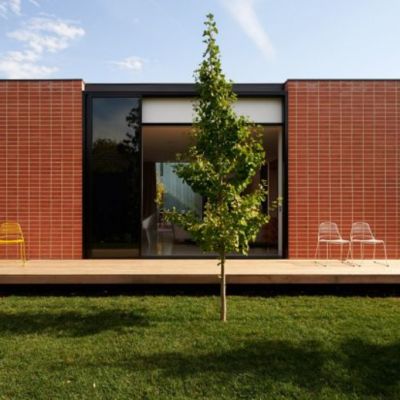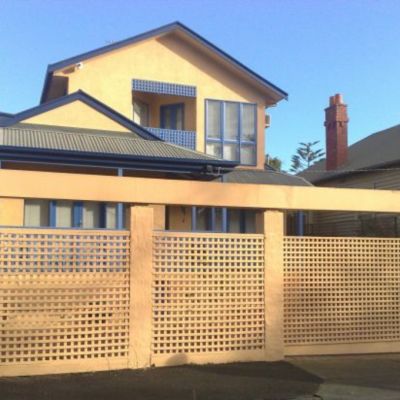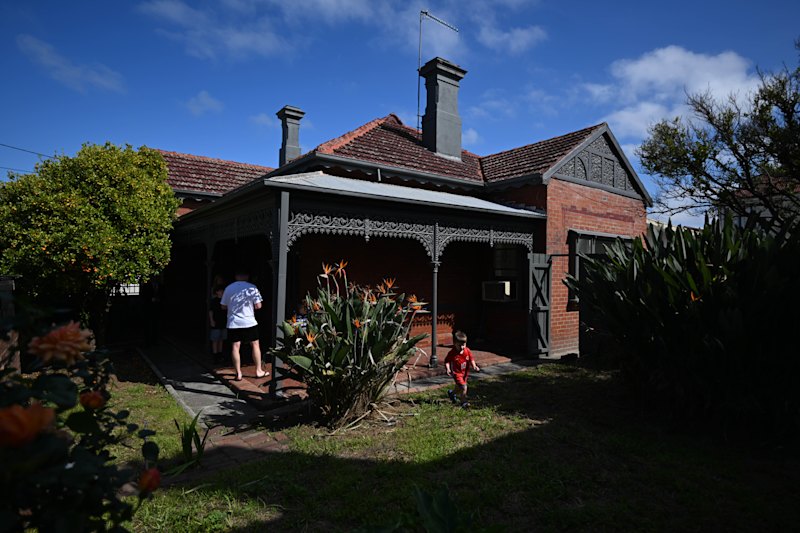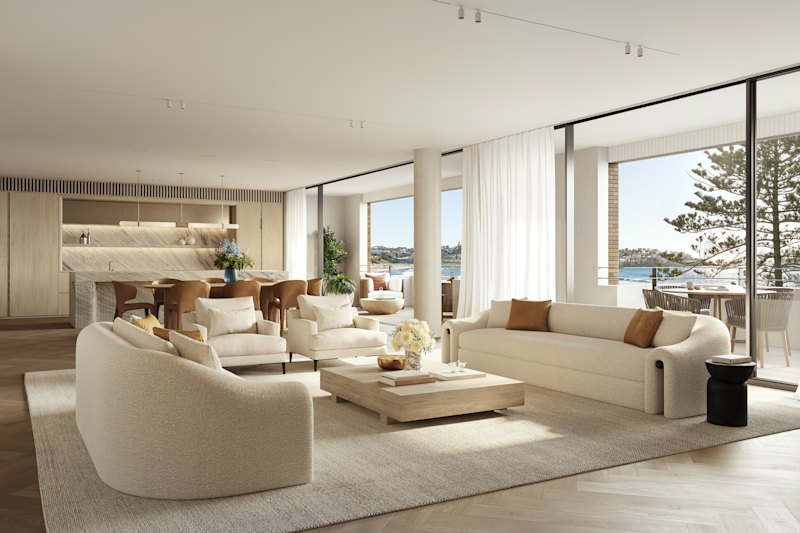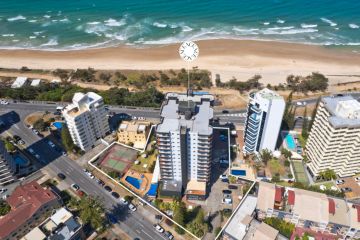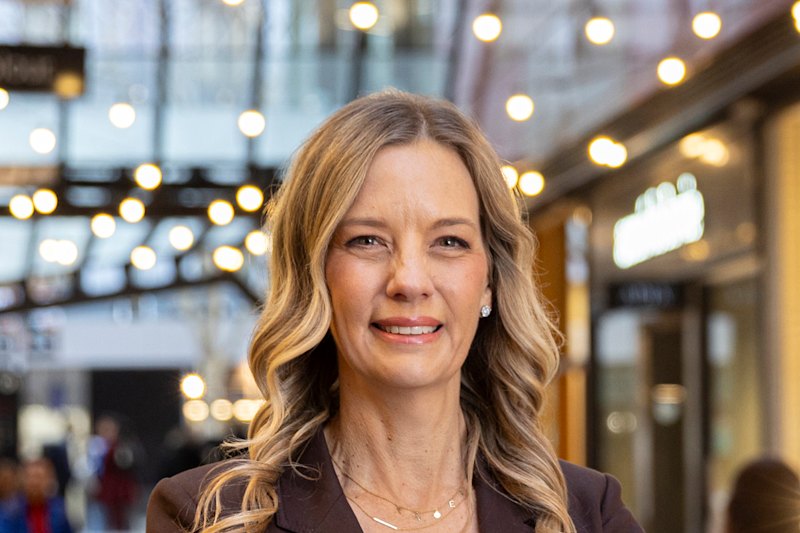Seven Australian architects who should be on your radar in 2017
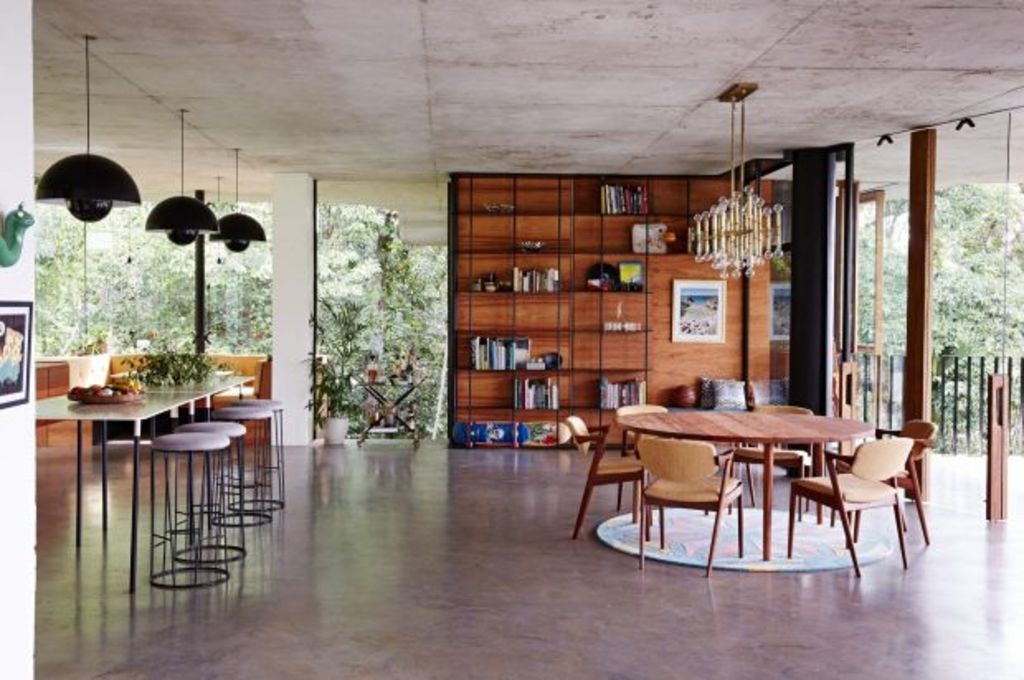
Australia lays claim to numerous architects responsible for catapulting the nation to the forefront of the international design scene.
“For a little country, we take up a good chunk of airspace, and that’s because of the high quality of work that our architects are doing,” says David Welsh, co-founding director of Welsh + Major.
We spoke to seven of the country’s leading practices about their work and insights about the future of Australian architecture.
Jesse Bennett Studio
Queensland

Jesse Bennett and Anne-Marie Campagnolo from Jesse Bennett Studio.
You would be hard-pressed to find an architect who received as much media attention for their debut project as Jesse Bennett.
The Planchonella House – which is the personal home of the studio’s married founders architect Jesse Bennett and interior designer Anne-Marie Campagnolo – quickly became the “it” home of the international design world in 2014.
“It’s all about soul, character and the unspoken,” says Campagnolo about their Cairns home.
Bennett (who is also a builder) constructed the property to incorporate passive design principles that negate the need for airconditioning.
“The roof, for example, is twice the size of the floor, so every room has massive awnings and overhangs,” Campagnolo says.
The home has attracted significant overseas interest, including a French client who recently engaged the studio to design their home in Marseille.
“I think it’s pretty exciting times for architecture in Australia. I see a lot more architects focusing on the craft and making process,” Bennett says.
“I also see many more members of the public (non-professionals) interested in and engaging in all facets of design … I feel that this is what drives our country’s cultural and artistic identity.”
Board Grove
Victoria

Footscray Apartment by Holly Board and Peter Grove from Board Grove architects. Photo: Haydn Cattach
Melbourne studio Board Grove have quickly captured the attention of the design industry with their art-inspired approach to residential architecture.
The studio is owned by Australian architect Holly Board and British architect Peter Grove, a couple who met working in Britain.
Board Grove’s recently completed Footscray Apartment renovation centres around a sculptural kitchen that re-imagines the way this space can look and function in the modern day.
Pale pink injects warmth into the space, replacing the standard beige or grey apartment colour palettes.
“We always try to have a bit of joy or playfulness in our projects compared to the forms and concepts that we’re working through,” Board says.
Wowowa
Victoria

Tedwardian house by Monique and Scott Woodward of Wowowa architects. Photo: Martina Gemmola
Wife and husband Monique and Scott Woodward are the founding directors of Wowowa – a studio “governed by the metric of happiness”.
The practice’s team works from a shopfront and encourages walk-ins from potential clients in the local area.
Personal narratives are threaded into each of Wowowa’s residential projects. For example, for clients who met on a blind date, the Dulux paint colour Blind Date was selected for their en suite ceiling.
“We find clients are meeting us and repeating our catchphrase to us, which is, ‘Life’s too short for boring spaces’,” Monique Woodward says.
Welsh + Major
New South Wales

Annandale project by Welsh and Major. Photo: Michael Nicholson
Chris Major and David Welsh are partners in both life and work, as the founders of Sydney-based practice Welsh + Major.
The couple have been consistently drawn to residential projects since establishing their business in 2004.
“It’s difficult and intense, but it means we’re part of a really important process for these families, which is fantastic,” Major says.
There’s no clear design aesthetic that distinguishes a Welsh + Major project; rather, each is created to be client-responsive and timeless.
“If you can lock materials down to a site for as long as possible, not design something to be changed in 20 years’ time, that’s probably the best environmental approach you can take,” Welsh says.
Austin Maynard Architects
Victoria

Mills House in Melbourne’s Middle Park, by Austin Maynard Architects Photo: Peter Bennetts
Austin Maynard Architects (formerly Andrew Maynard Architects) is co-directed by Tasmanian architects Andrew Maynard and Mark Austin, who joined him 13 years later.
The studio has a reputation for creating highly original homes, with a consistent use of standout elements such as custom fibreglass baths (see the Mills House project), village-inspired family homes (Tower House), and yellow flooring (My House).
“A bit of colour can just help out life,” Maynard says.
The practice is among several contributors to the Nightingale project – a series of multi-residential buildings designed to offer sustainability, liveability, affordability and urban renewal among Melbourne’s established suburbs.
Aileen Sage
New South Wales

Courtyard House by Aileen Sage architects. Photo: Tom Ferguson
Aileen Sage is the alter ego of architects Amelia Holliday and Isabelle Toland.
Both Holliday and Toland are passionate about making architecture accessible to the masses. Their pool project Venice Biennale, exhibited as part of the Venice Architecture Biennale 2016, particularly supports this intention.
“It’s a piece of architecture that people know how to interact with … We put the pool in the middle of the exhibition space and people immediately sat down and touched the water, or kids jumped in and started playing,” Halliday says.
“We’re passionate about people understanding that they can be part of the conversation about architecture,” Toland says.
Make Architecture
Victoria

Perimeter House by Make Architecture. Photo: Peter Bennetts
Now operating in its 10th year as a nine-person team, Make Architecture is a deliberately intimate, close-knit practice.
The studio’s recent project, the Perimeter House, demonstrates how small projects can make a significant contribution towards challenging the norms of suburban living.
“This project was about pushing people closer to their neighbours and that there’s benefits in that,” Bright says.
“I think apartments need to be seen as homes, not products, and we probably need to reconsider the suburban dream.”
We recommend
We thought you might like
States
Capital Cities
Capital Cities - Rentals
Popular Areas
Allhomes
More
